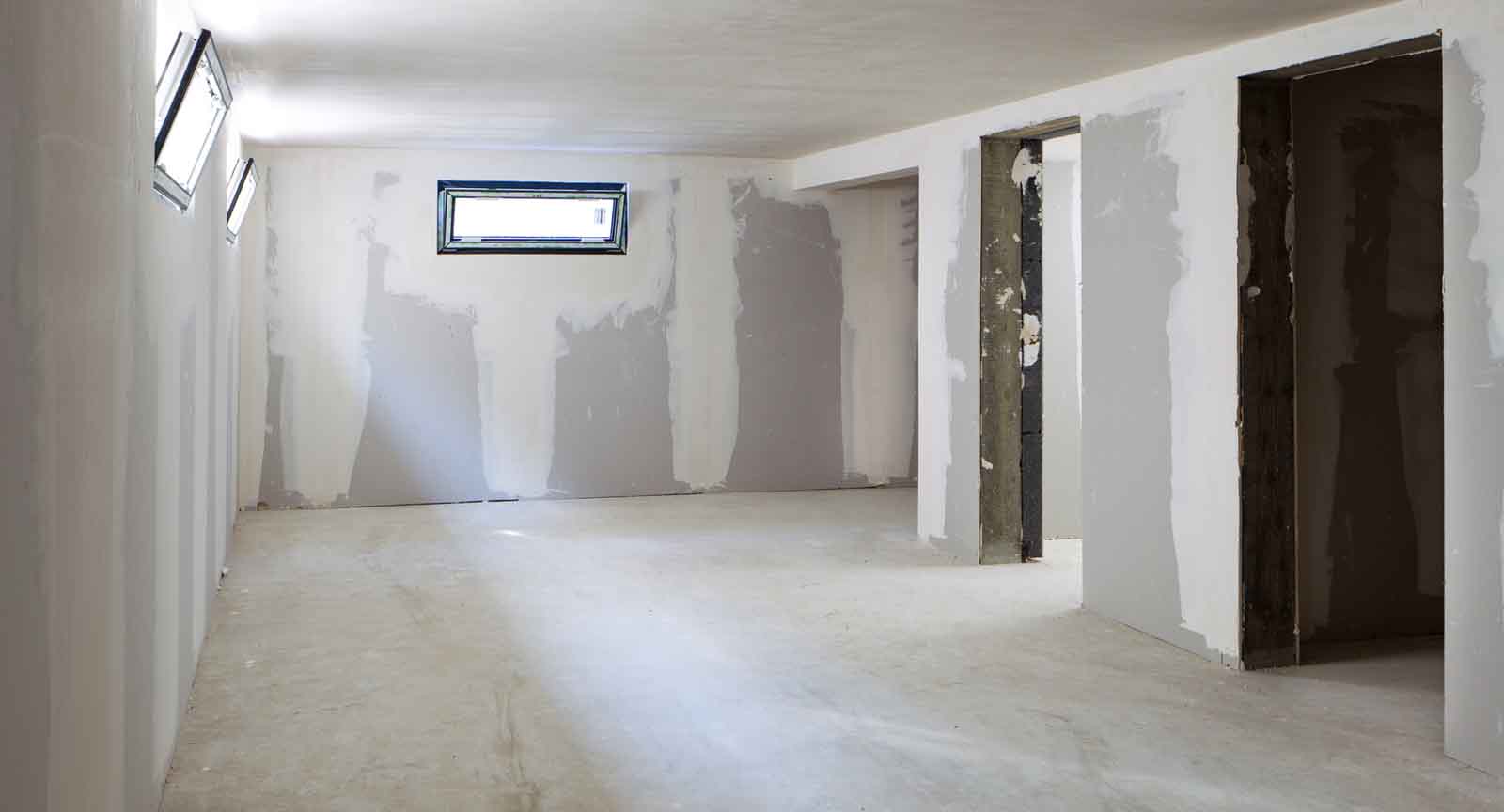Concrete loss adjusters for the construction, building and public works sector
Construction, Building and Public Works is not just the top sector in the French economy, producing nearly 150 billion euros in 2019, it is also a vast industry. It encompasses all techniques used to construct a building, employing over 1,121,000 workers. This diversity means an equally diverse range of risks,…
Construction, Building and Public Works is not just the top sector in the French economy, producing nearly 150 billion euros in 2019, it is also a vast industry. It encompasses all techniques used to construct a building, employing over 1,121,000 workers. This diversity means an equally diverse range of risks, which should be understood through both a technical and insurance lens.
Source: FFB (French Building Federation) Les chiffres en France [French article]
Construction, building and public works, mandatory insurance
The building and public works sector is highly regulated and subject to many special laws; it is also regulated separately in terms of insurance. The Spinetta law of 4 January 1978 requires those working in construction to take out an insurance policy that guarantees payment for any damage repair work.
Construction insurance is complex and includes different types of coverage:
- Structural Damage
- Building site insurance
- Property developer
- Decennial liability
- Promoter liability
- Professional indemnity
- Legal expenses coverage
- Performance bond
- Group decennial liability contract
- Financial guarantee for the agreed price and deadline
Decennial insurance is not only essential, it is literally unavoidable in construction insurance. It covers risks related to solidity (construction defects) or unsuitability of the building (leaks, cracks), making it unfit for delivery and dangerous for users.
Building and public works sector: a world of risks, often costly

Collapse caused by insufficient cement, cracks in tiles, peeling PVC flooring, water infiltration in the screed or walls, etc… the risks are many. Real estate promoters and major project owners from both the public and private sector all face these risks, which are often related to construction defects.
Structural Damage insurance lets them prefinance repair work for damages falling under decennial insurance. In particular, defects and flaws that threaten the solidity of the building or make it unfit for use within ten years after it is delivered.
CRAC loss adjusters at the helm
Stelliant Construction Loss Adjusting, which specialises in the building and public works sector, has a full constellation of experts to manage these cases successfully:
- a group of 250 technical loss adjusters, all with higher education degrees and professional experience in the building and public works sector (engineers from design and engineering departments, architects and work site supervisors), many of them with CRAC certification,
- legal experts, well-versed in administrative and construction insurance law, and with a perfect grasp of Civil Liability.
The response is tailored to the specific features of construction insurance, working within regulatory deadlines and contract schedules set by the client. We take on the client’s exacting standards, while never neglecting the interpersonal aspects of working with all those involved, ensuring that the case will be managed as smoothly as possible.











